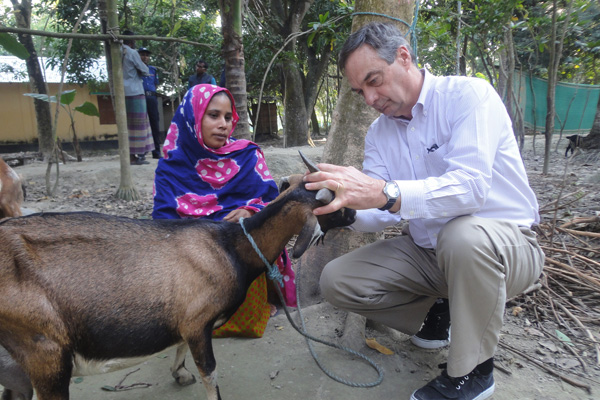
Volunteer Post
An Animal Breeder’s Dream
Terry Gibson
Recently, I conducted a Farmer-to-Farmer assignment on Improved Goat Rearing for Youth Entrepreneurship Development with Satkhira Unnayan Sangstha (SUS) in the Tala upazila, Satkhira district of Bangladesh (22.76006 N, 89.25346 E). This assignment was my first trip to Bangladesh. I was pleasantly surprised to see how well positioned the Bangladeshi goat industry is. In my travels to other countries where goats are also a ubiquitous feature of the landscape, I was not optimistic about making any real genetic progress because goats freely roamed the countryside, scavenged what they could, and bred indiscriminately. Often, goats are seen as a resource but one that does not deem any investment. With little management and no breeding supervision, the prospects of genetic improvement were nil. However, Bangladesh is very, very different.
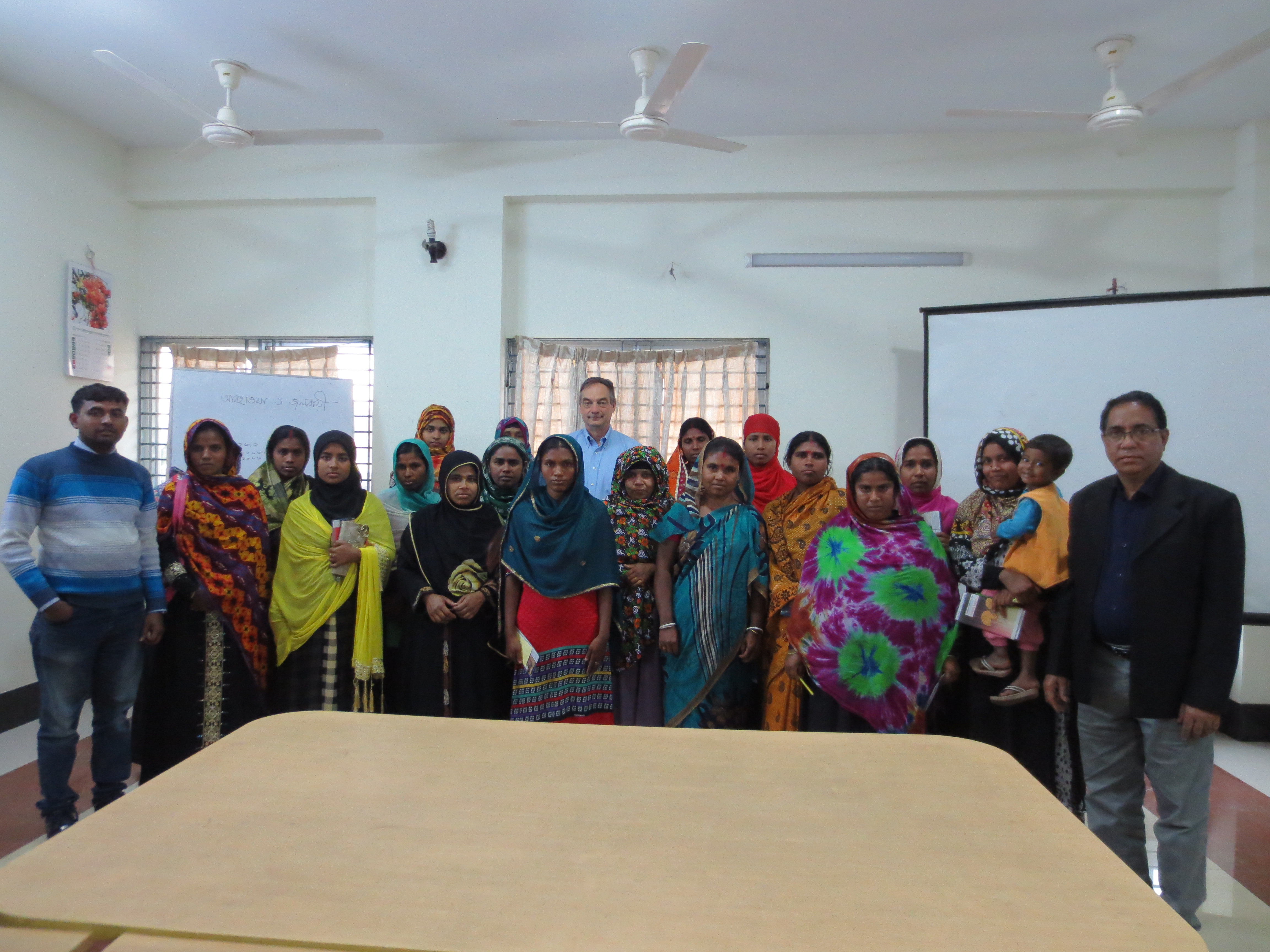
Current Situation
During my Farmer-to-Farmer assignment, I learned that none of the 20 women goat farmers in the one-day refresher course and none of the 30 women goat farmers on the three-day training owned a single buck and that any male kids were castrated young. All of these women goat farmers (76% of the trainees) rely upon buck centers for insemination services. The women monitor signs of estrus in their does and take them to the buck centers for mating. This trip to the buck center can be as much as 8 kilometers roundtrip and cost the women up to a full day away from home.
The buck center that I visited had nine standing bucks; one Jamnapari buck, two Hariana bucks, one Nepalese buck, four Black Bengal bucks, and one buck that they did not know the breed/origin, so they called him the “Australian.” The service fee ranged from 100 taka ($1 ≈ 80 taka) for the Black Bengal bucks to 400 taka for the Australian.
The owner of the buck center was a former rickshaw driver and with the assistance of a loan from SUS and with the help of his wife started the buck center in 2013.
Training
The training was simple and focused on housing, nutrition, health, reproduction, record keeping, and general management. Probably the most practical aspects of the sessions were evaluating eye mucous membranes for anemia, conducting body condition score (BCS), and estimating body weight. Anemia was evaluated using the color under the farmer’s pressed thumbnail. The mucous membranes of the goat’s eye should be the color of the pressed thumbnail. The women farmers practiced BCS using the goat’s lower back and ribs and were taught to make management decisions based upon BCS. Body weight can be easily calculated using a tailor’s tape and the formula, kg = cm/2 – 14. Goats require feeding and medications based on body weight.
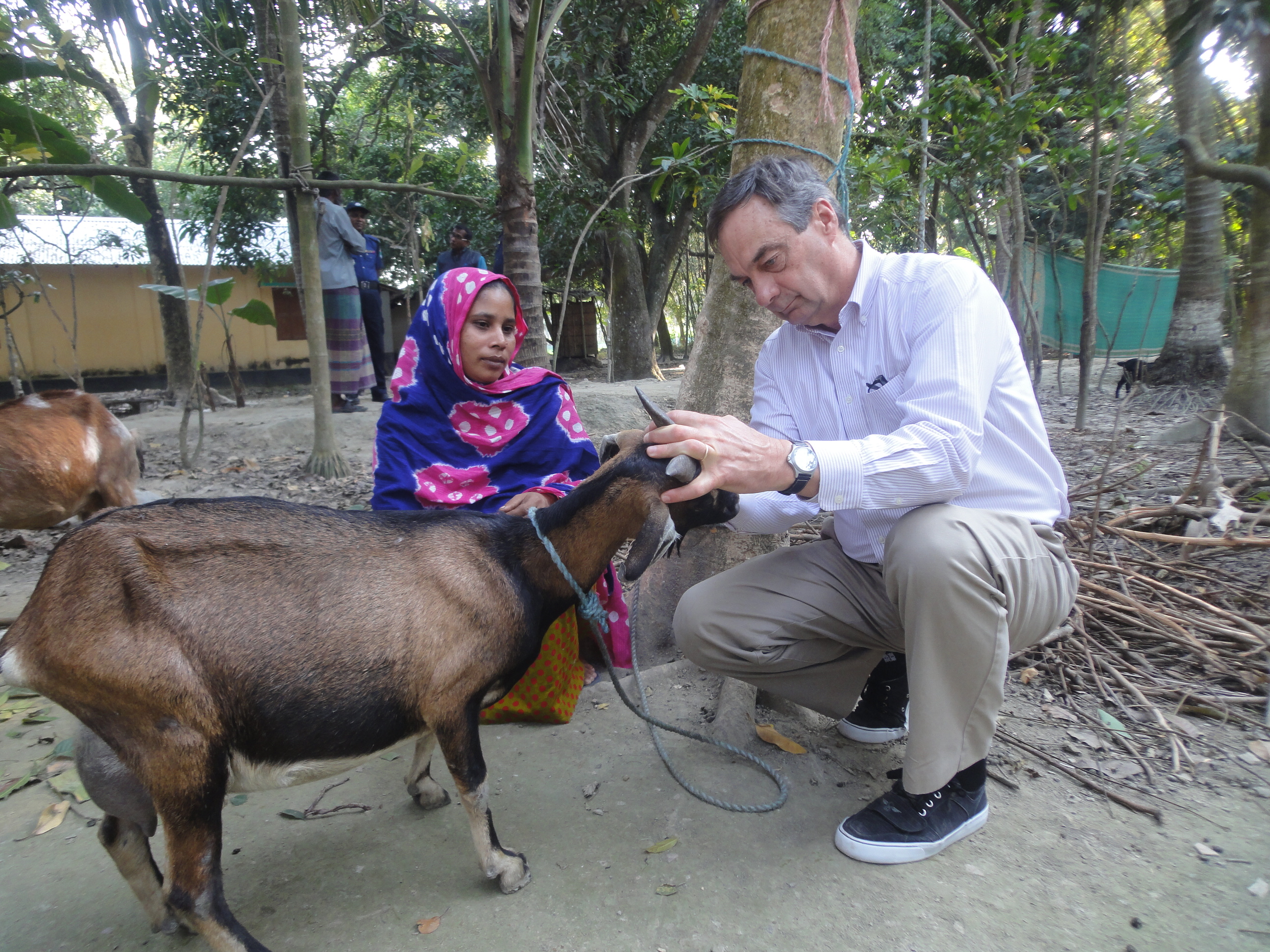
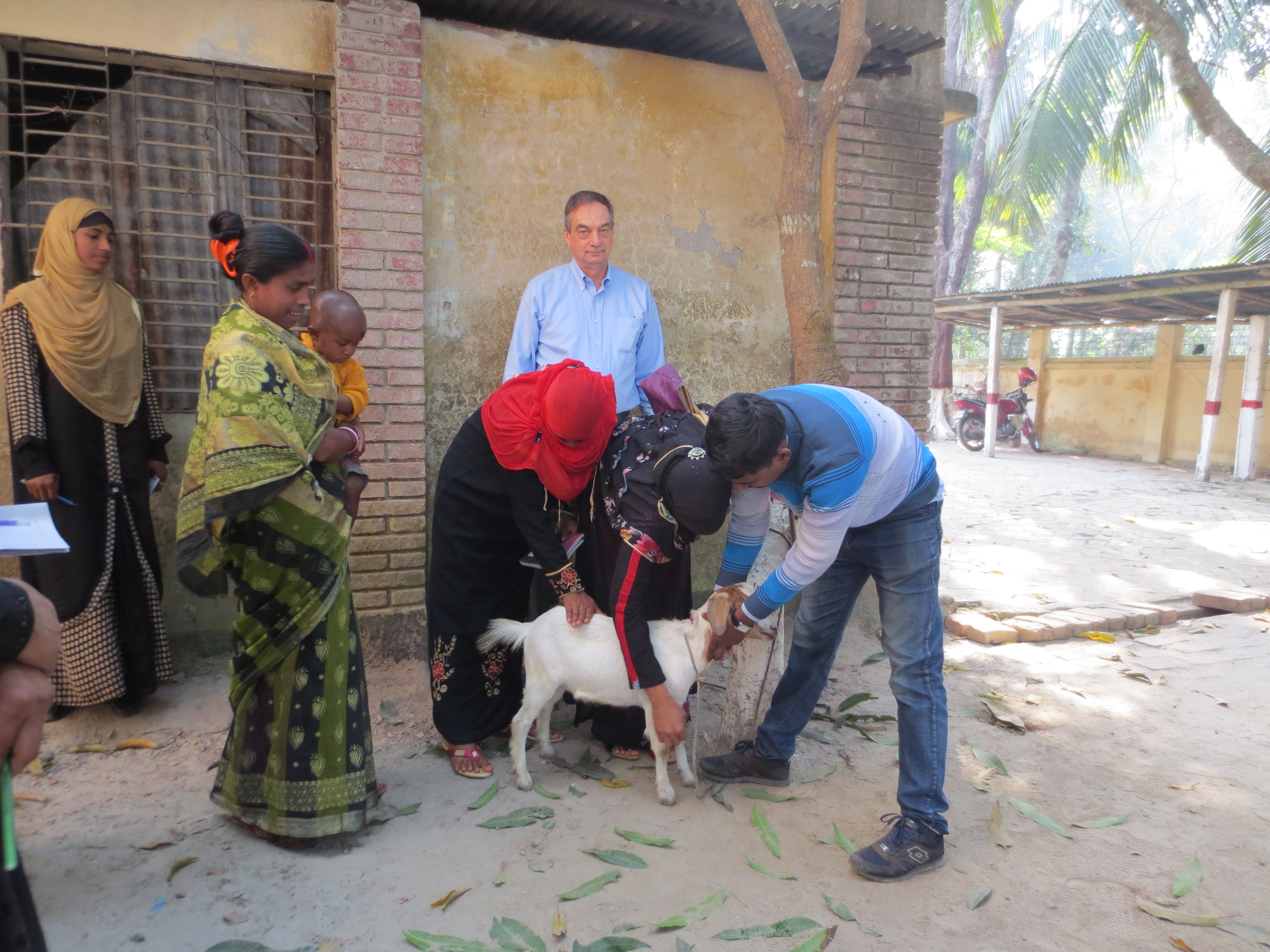
The Dream
Women goat farmers invest much time, effort, and money into the current breeding system and when I realized the importance of the buck centers in the community, I immediately knew that I would love to help these buck centers with the delivery of their product to the women farmers. The technology of artificial insemination using fresh semen is simple and developing a delivery system of fresh semen to the women goat farmers is even simpler. My dream is that bucks at the buck centers would be collected on twice- or thrice-weekly schedule, fresh semen extended with a skim milk diluent, and chilled to 4°C. Women goat farmers would call the buck center and arrange an appointment for insemination by cell phone, which all the women farmers have. The buck center would employ a trained inseminator on a bicycle with a cool box to travel to the woman’s farmer for vaginal insemination of the goat. This system would greatly benefit the woman farmer by relieving her of the task and expense of commuting to the buck center and would benefit the buck center by expanding its reach in the community. Women goat farmers in the communities surrounding the buck centers could be given a refresher course in estrus detection, although none is probably needed. The women are already well versed in the signs of estrus. This simplified artificial insemination system delivered to the women farmers would greatly improve the efficiency of the current system and relieve the stress at breeding. An additional side note would be that training on the understanding of inbreeding and its negative consequences is also needed. Genetic improvement can easily be accomplished through the buck centers, but the buck centers and the women farmers should keep breeding records to avoid inbreeding.
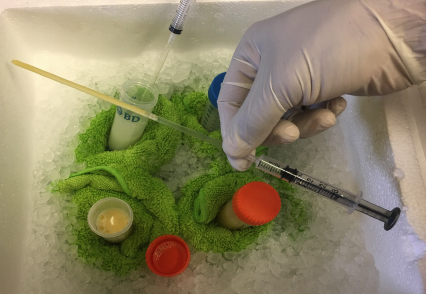
I was very impressed with the business-like attitude of the women goat farmers in Bangladesh, and I would gladly return to help them and the buck centers become more efficient. I wish them both the best in their goat rearing endeavors.
